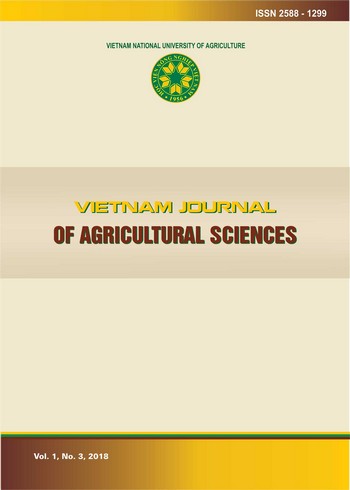Isolation and Screening of Histamine-Producing Bacteria from the First Six Months of the Cat Hai Fish Sauce Fermentation Process
Abstract
Histamine is considered to be a hazard in fish sauce, and histamine poisoning usually causes symptoms such as a runny nose, asthma (bronchospasm), urticaria, rash, itching, swelling (eyelids, puffy lips), inflammation, and redness of the conjunctiva. In this study, Cat Hai fish sauce, one of the major traditional fish sauce manufacturers in Vietnam, was used to investigate the variation in histamine content during the fermentation process and to isolate histamine-producing bacteria. Six Dich Chuop samples corresponding to the first sixth months from the beginning of fermentation were collected for these purposes. The results showed that the content of histamine in the six samples corresponding to the first six months from the beginning of fermentation tended to increase during fermentation, reaching the highest rate of 604.85 ppm in the fifth month. A total of 50 isolates were collected from TSA medium and used for screening histamine-producing bacteria on HBI medium. Among these bacteria, four isolates (CH2.4, CH3.3, CH4.4, and CH5.1) were capable of producing histamine, and the highest producing isolate, CH5.1 (from 5th month), was identified as Tetragenococus halophilus. Furthermore, this Tetragenococus halophilus was determined to have the highest histamine production in HBE supplemented with 1% histidine at 50°C, pH 6.0, and 25% NaCl.
điểm /
đánh giá
Published
2019-10-01
Issue
Section
ENGINEERING AND TECHNOLOGY

